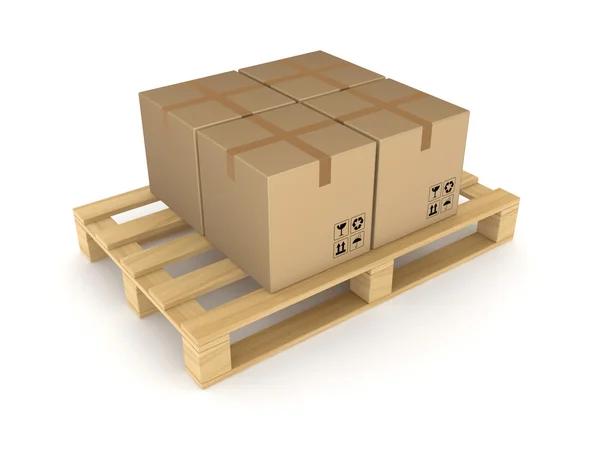Maximizing savings on Less Than Truckload (LTL) shipments can significantly impact a company’s bottom line. The process involves shipping goods that do not require a full trailer, making it an economical choice for small businesses or those with lower shipment volumes. However, without proper management and understanding of LTL shipping dynamics, companies may end up spending more than they should.
One key strategy to maximize savings is through consolidation. By consolidating multiple smaller shipments into one larger load, companies can take advantage of the economies of scale. This means reducing the number of trips required and potentially qualifying for bulk rate discounts from carriers.
Another crucial factor in maximizing savings is accurate freight classification. The National Motor Freight Traffic Association has established 18 different classes based on various factors like weight, density, stowability, handling and liability. Misclassification could lead to higher charges or reclassification fees. Therefore, knowing your product’s correct freight class can help avoid these additional costs.
Negotiating rates with carriers also plays a significant role in cost-saving efforts. It’s essential to understand that published carrier rates are often negotiable depending on volume and frequency of shipments among other factors. Having a good relationship with carriers may provide leverage during negotiations for better dive deeper rates.
Utilizing technology is another way to save money on LTL shipments. Transportation Management Systems (TMS) allow shippers to compare rates across multiple carriers quickly and easily enabling them to choose the most cost-effective option available at any given time.
Proper packaging also contributes significantly towards cost reduction as it impacts both freight class determination and damage prevention measures which could lead to costly claims later on if not properly addressed upfront.
Lastly but importantly is optimizing pickup and delivery schedules as most carriers charge extra for non-standard delivery times or locations such as residential areas or locations without loading docks where additional equipment might be needed thus increasing costs unnecessarily.
In conclusion, maximizing savings on LTL shipments requires strategic planning along with careful attention to detail. It involves understanding the dynamics of LTL shipping, leveraging technology, and maintaining strong relationships with carriers. By focusing on these areas, companies can significantly reduce their shipping costs and improve their overall operational efficiency.











